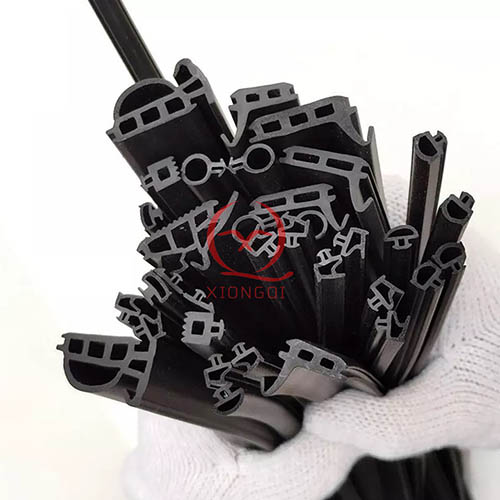EPDM rubber (ethylene propylene diene monomer rubber) is a type of synthetic rubber that is used in many applications. Dienes used in the manufacture of EPDM rubbers are ethylidene norbornene (ENB), dicyclopentadiene (DCPD), and vinyl norbornene (VNB). 4-8% of these monomers are typically used. EPDM is an M-Class rubber under ASTM standard D-1418; the M class comprises elastomers having a saturated chain of the polyethylene type (the M deriving from the more correct term polymethylene). EPDM is made from ethylene, propylene, and a diene comonomer that enables crosslinking via sulfur vulcanization. The earlier relative of EPDM is EPR, ethylene propylene rubber (useful for high-voltage electrical cables), that is not derived from any diene precursors and can only be crosslinked using radical methods such as peroxides.

As with most rubbers, EPDM is always used compounded with fillers such as carbon black and calcium carbonate, with plasticisers such as paraffinic oils, and has useful rubbery properties only when crosslinked. Crosslinking mostly takes place via vulcanisation with sulfur, but is also accomplished with peroxides (for better heat resistance) or with phenolic resins. High-energy radiation such as from electron beams is sometimes used for producing foams and wire and cable.
Post time: May-15-2023
